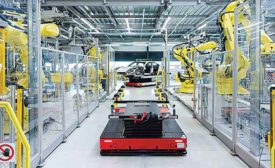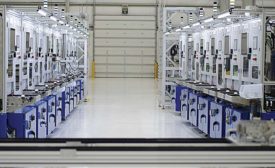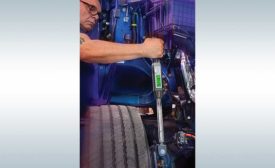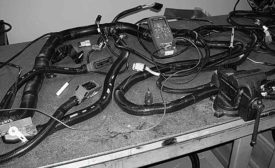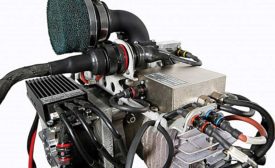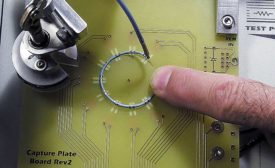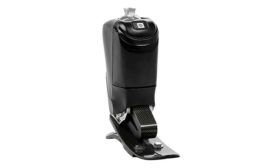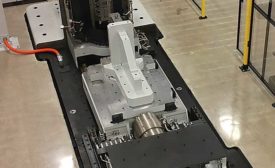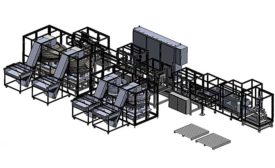Industries
Agile Automation System Assembles Automotive Inverters
The flexible system can produce three variants of the product
November 5, 2019
What’s New With Manual Torque Tools
Today’s manual torque wrenches and screwdrivers collect more data and transfer it wirelessly, providing greater assurance that each threaded fastener is accurately tightened
November 4, 2019
Prototyping Complex Harnesses
Designing, building and testing complex wire harnesses takes planning, attention to detail - and a good tester
October 10, 2019
Interesting and Unusual Applications of Cable Testing
From underwater vehicles to crash dummies, these case studies showcase the benefits of using a versatile and adaptable cable tester
October 9, 2019
Automated Assembly System Roundup
Auto parts, plumbing products and medical devices are among the myriad items made on automated assembly systems
October 4, 2019
Never miss the latest news and trends driving the manufacturing industry
Stay in the know on the latest assembly trends.
JOIN TODAY!Copyright ©2024. All Rights Reserved BNP Media.
Design, CMS, Hosting & Web Development :: ePublishing
